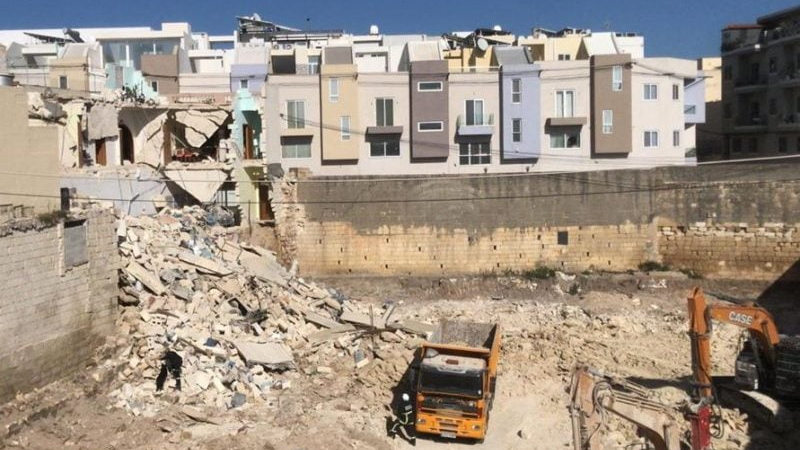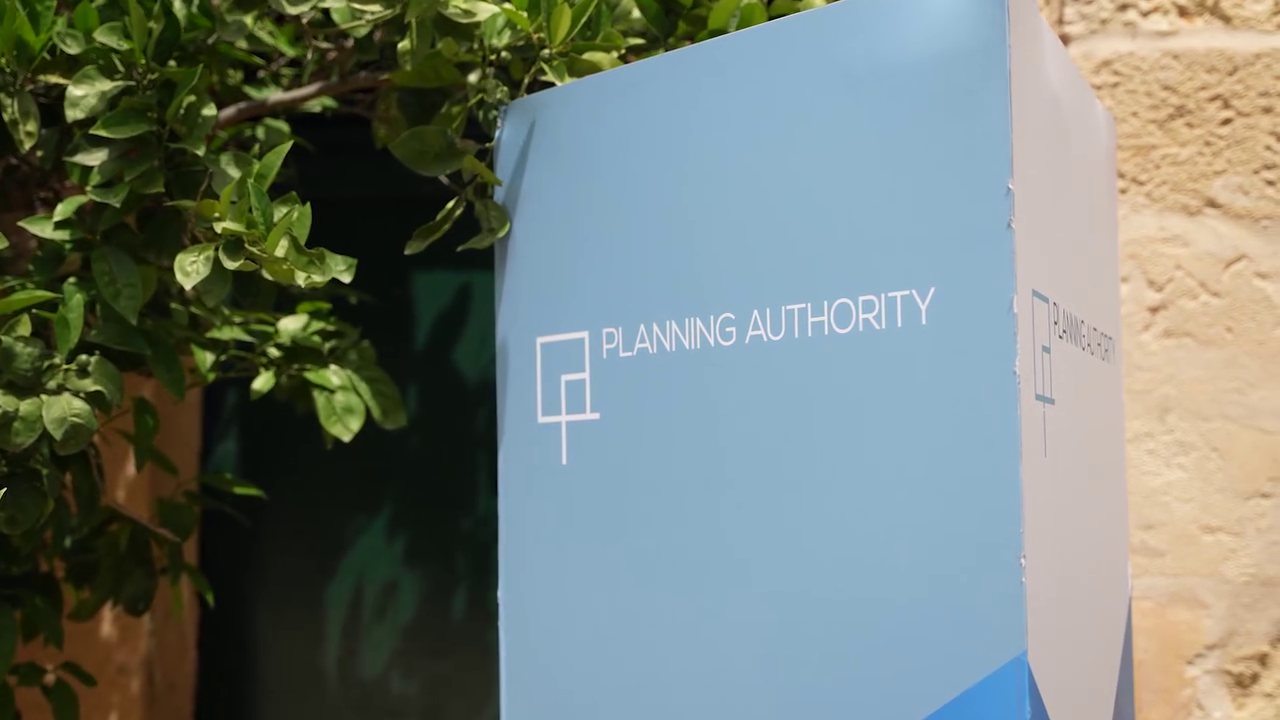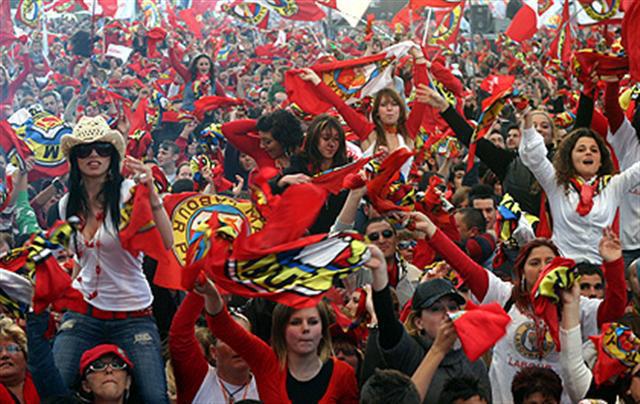Roderick Camilleri, one of the architects involved in the Santa Venera development, which caused the collapse of a house leading to the death of Miriam Pace in 2020, remains a shareholder in the company behind the development.
Camilleri, who had certified the construction site at Triq Joseph Abela Scolaro as posing a low risk to third-party buildings, remains listed as a minority shareholder at MCZMC Developers Ltd on the Malta Business Registry, despite the conflicts of interest highlighted by media reports at the time of the collapse.
On Wednesday, Judge Consuelo Scerri Herrera allowed for the construction of the planned project to continue, provided video and photographic evidence of the site was gathered for the ongoing cases against two others involved in the collapse, excavation contractor Ludwig Dimech of LK Ltd. and builder Nicholas Spiteri.
The magistrate visited the site on Wednesday with Dimech’s defence team, whose case, and Spiteri’s, are being heard by the criminal court.
The site’s release will mean that the project (PA/6459/19), which will see the construction of basement garages, shops and four floors of apartments, will proceed as initially planned, despite Spiteri and Dimech’s ongoing cases.
Camilleri, who signed off on the project’s safety before the building collapse that killed Pace, will benefit directly from its completion given that apart from being the development’s architect representing JG Periti, he is still listed as a shareholder in MCZMC Developments Ltd.
Camilleri, as well as architect Anthony Mangion, were found guilty of involuntary homicide in July 2021. The court condemned Camilleri to a €10,000 fine along with 480 hours of community work and Mangion to an €8,000 fine and 400 hours of community work.
Last year, following an appeal by the Attorney General, the courts revised the architects’ punishments to prison sentences of two years for Camilleri and 15 months for Mangion, both suspended for two years.
Pace’s death led to widespread public anger, leading the government to promise to reform the construction industry. Not much has happened.
The excavation practices which caused Pace’s death were later described as “playing Russian roulette with the lives of third parties” in a report by a four-person technical committee set up in the wake of Pace’s death.
The report on Pace’s death was completed in April 2020 but was not published until January 2021, 10 months after Pace’s death. Prime Minister Robert Abela had initially refused to publish it but bowed to public pressure.
The Shift reported last March how, despite the government’s promises and countless other injuries and deaths related to the industry, including 20-year-old Jean Paul Sofia’s death last December, the reforms are too little in scope and too late in implementation.
The Building and Construction Authority set up as one of the report’s key recommendations, has been mired in confusion, scandals and conflicts of interest, with contractor licensing, a measure whose effectiveness is only as good as its enforcement, finally being introduced next month after years of empty promises.
The report’s other recommendations for proof-of-safety checks for excavation and construction work and proper enforcement of laws have so far not been implemented.













Awaiting the results from the magistrate’s inquiry I would be very circumspect about this case. While it stands to reason that the collapse was triggered by the works in the adjacent plot it is also visible from the various available images that the foundations on the collapsed building were inadequate and weak themselves. It appears that the collapsed building was built on reclaimed land. The high walls underneath the damp proof course level suggest that this could have either originally been a quarry or else the whole site was excavated. Look at the various images available online and analyze. Seek expert advice because yes the works triggered the collapse but it also happened because of weak foundations.
.. from the article you seem to have not read ..
“The excavation practices which caused Pace’s death were later described as “playing Russian roulette with the lives of third parties” in a report by a four-person technical committee set up in the wake of Pace’s death.”
Fejn Kamra Tal Periti? Jew kollox jghaddi? Perit Pizzuto wake up?